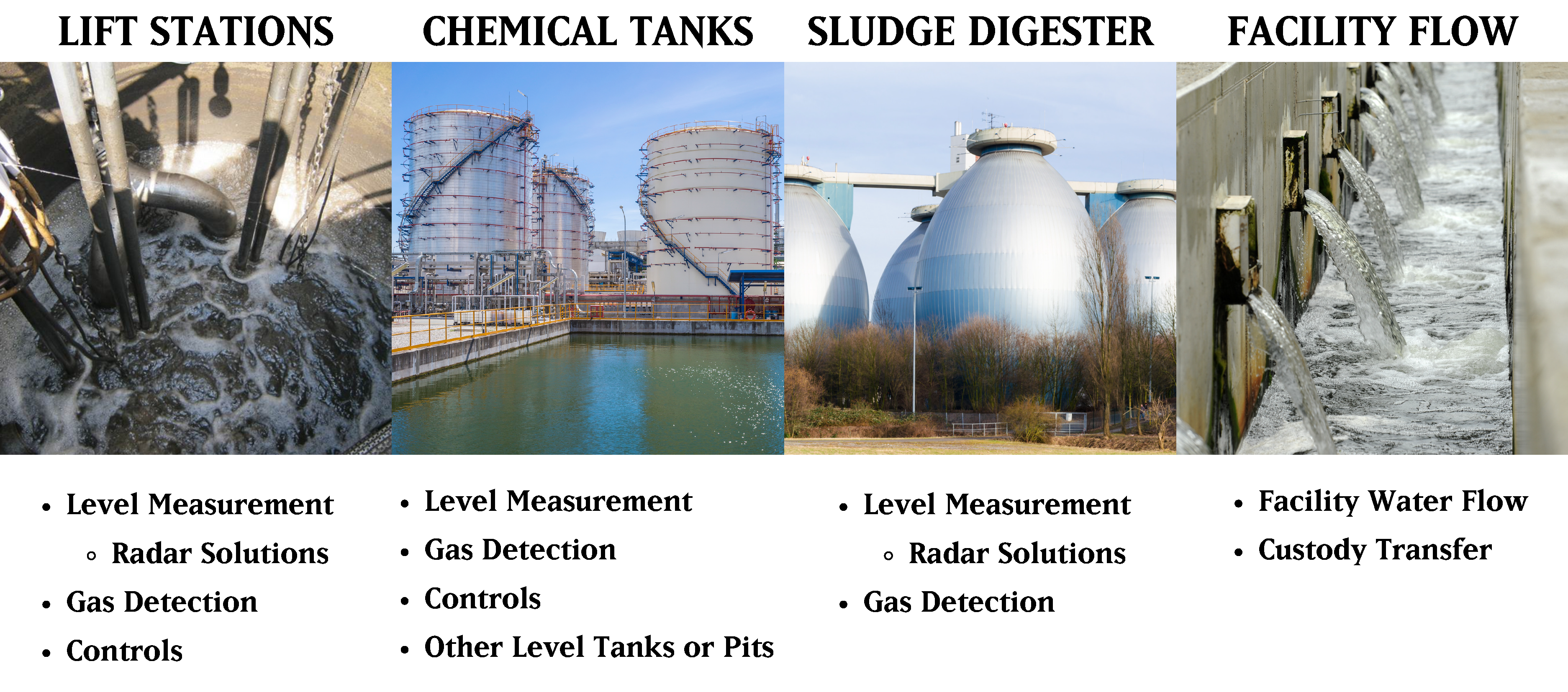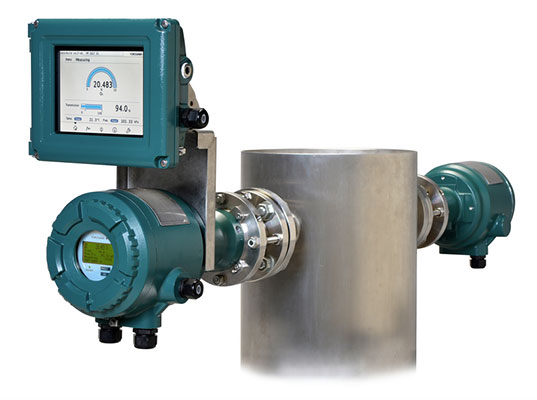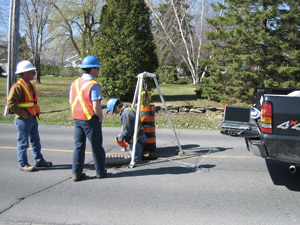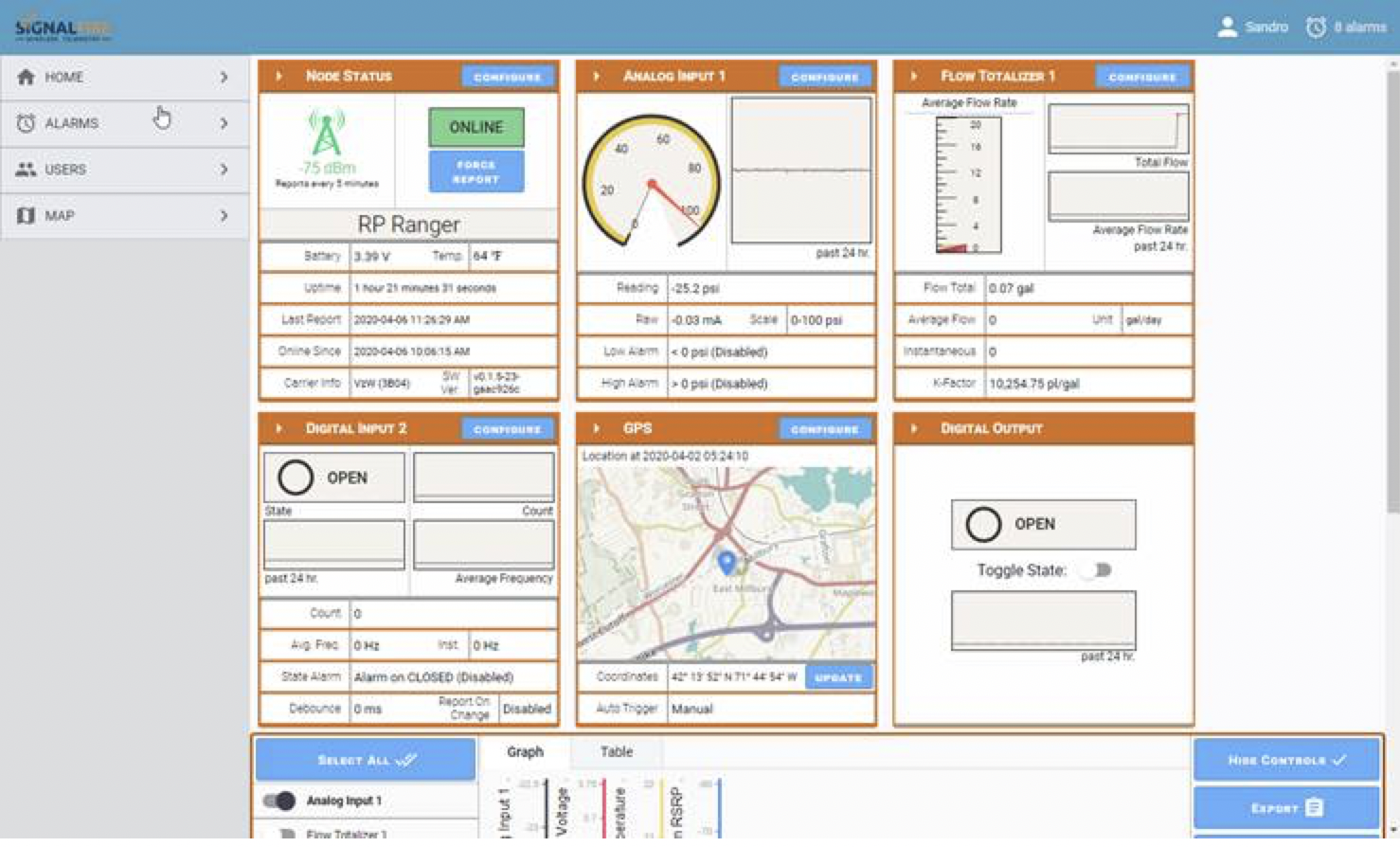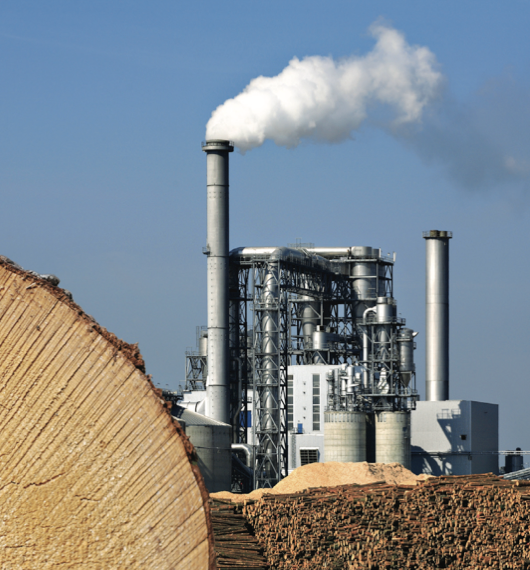Providing exceptional low-flow sensitivity for accurate measurement over a wide range of flaring operations
Flare stacks and combustors are used to burn waste gases from the plant, converting chemical and organic hydrocarbons into primarily water vapor and CO2. Some processes also use relief valves to vent flammable gases to the flare stack during upset conditions.
Applications include oil and gas well drilling operations, oil refineries, chemical process plants, gas distribution infrastructure, and landfills. Flares are subject to stringent regulations, requiring operators to measure, record and report the amount of flared gases.
Due to the potential for large changes in flow rates, density, pressure and gas composition, flare gas measurement is one of the most difficult and demanding flow applications. Fox Thermal flow meters have demonstrated their ability to measure the low-flow rates typical of normal flare conditions, and also the high velocities found in upset conditions.
Fluid composition and installation anomalies can also affect flow meter performance. Fox Thermal's calibration lab employs a wide range of gases, gas mixtures, temperatures, pressures and line sizes to simulate actual fluid and process conditions. This real-world approach improves installed accuracy and minimizes measurement uncertainty.
Fox Flow Meter Advantages in Emissions Monitoring Applications
-
Exceptional low-flow sensitivity for accurate measurement over a wide range of flaring operations
-
Stainless steel sensor is suitable for corrosive, particulate-laden gas streams
-
No temperature and pressure compensation required
-
Direct mass flow measurement
-
Built-in alarms, totalizers and a wide variety of communications protocols available for easy interfacing with emissions management systems
-
Oil and Gas Well Drilling Operations (On and Off shore)
-
Oil Refineries
-
Chemical/Petrochemical Processing Plants
-
Gas Distribution Infrastructure
-
Landfills


